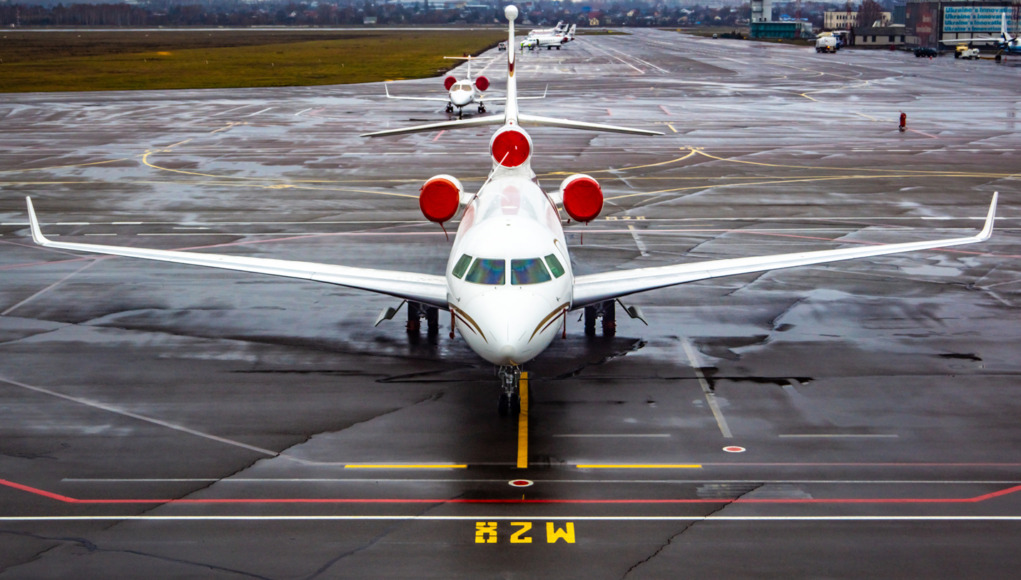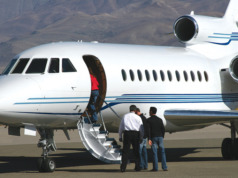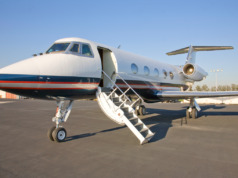During the past 18 months, it’s become increasingly clear that meaningful in-person meetings are unlikely to ever be supplanted by emails, texts, phone calls, or video chat. A business aircraft enables the owners to travel efficiently and safely to conduct business in addition to personal use. While the costs associated with aircraft are high, these costs should be considered a part of an investment in your brand.
Building the right team to support both your needs at the initial closing and your financing needs over time is a reflection of your values (see Buying Your First Aircraft, BAA August 2021).
Since the pandemic commenced, the rising demand for turbine business aircraft continues to deplete the inventory of good, late-model preowned aircraft, and also is pushing new aircraft delivery positions out into late 2023 and even beyond.
Financing an aircraft makes sense. The cost of capital can be fixed over the taxable life of the depreciable asset and the cash can be freed to invest where returns are greater.
However, fewer than one-third of those who acquired new aircraft in 2021 did so – a number relatively unchanged since 2016, according to AMSTAT, an aviation data analytics company. The number of aircraft financed is low when compared to real estate, where 87% of new buyers financed their residences in 2020 (the National Association of Realtors). This disparity may be due to the unwillingness of aircraft owners to share their financial condition with lenders, as well as the lack of perceived speed (with some transactions taking as long as 10+ weeks) at which lenders move.
To finance or not to finance your aircraft acquisition is a complex personal, as well as business, decision. Consider the following issues before seeking traditional aviation financing secured by an aircraft mortgage:
- Does an ownership structure created for tax purposes require you to or provide an incentive to finance the aircraft?
- Can you deploy your cash elsewhere and earn a higher rate of return?
- Which is more important to you: low fixed-rate terms or anonymity?
- Do you need to provide additional credit enhancements (e.g., additional collateral, personal guaranties) or significant loan payment amortization to obtain a loan structure that meets your needs?
- Are you comfortable providing the initial upfront and ongoing personal financial information?
- Does the forecasted future value of the aircraft encourage you to leverage the aircraft?
While closing an aircraft transaction in the current environment is a series of multiple sprints, the financing of an aircraft is a marathon that should be viewed as a collaborative team sport – and your family office is well positioned to help coach you.
Finding the right lender is as critical as hiring your aviation attorney, aviation tax advisor, and aircraft broker. Do not assume that any of these parties also is an expert in finding the best financing solution for you. Here are some questions to ask:
- As the loan will be in place for five to ten years, how flexible are the terms beyond the close?
- What is the lender’s background and expertise, and how long have they been in business?
- How have they handled situations when clients did not meet their financial agreements?
- Are they experienced members of recent, successful aviation acquisition teams?
- Are they willing to provide you with market updates on a routine basis?
- Since valuations change over time, you may be required to realign the outstanding balance with the current market value of the aircraft. How will they help you do so?
Clarity and transparency among all parties is a top priority, as it builds the foundation for your success and satisfaction in the future. BAA
Shelley A. Svoren is the CEO + Founder of Infinite Branches, a project-based business that supports the initial and ongoing needs of those who view their aircraft as an investment in their brand.






